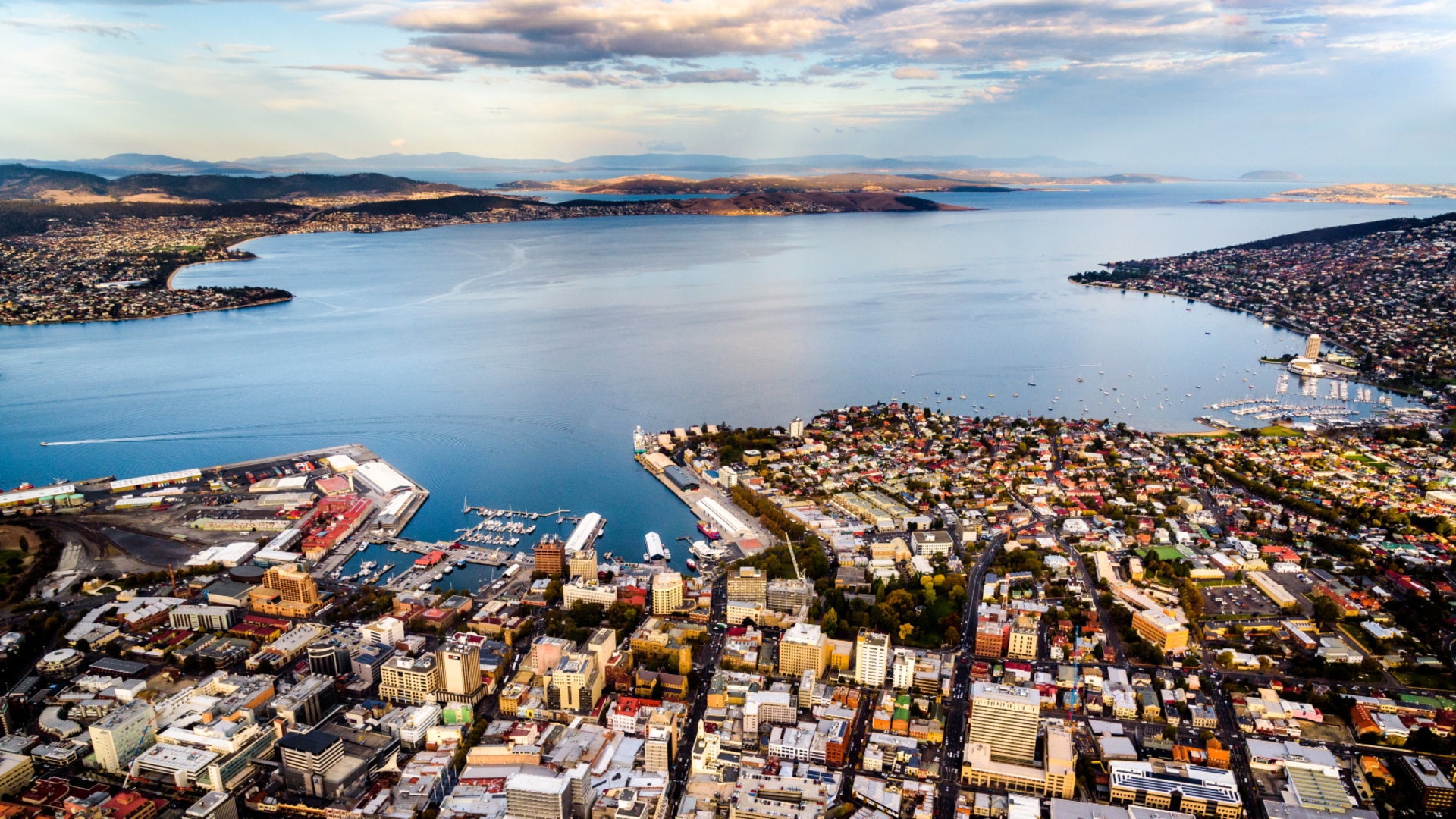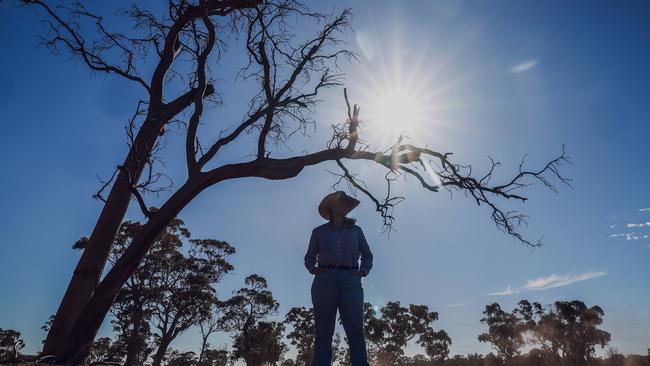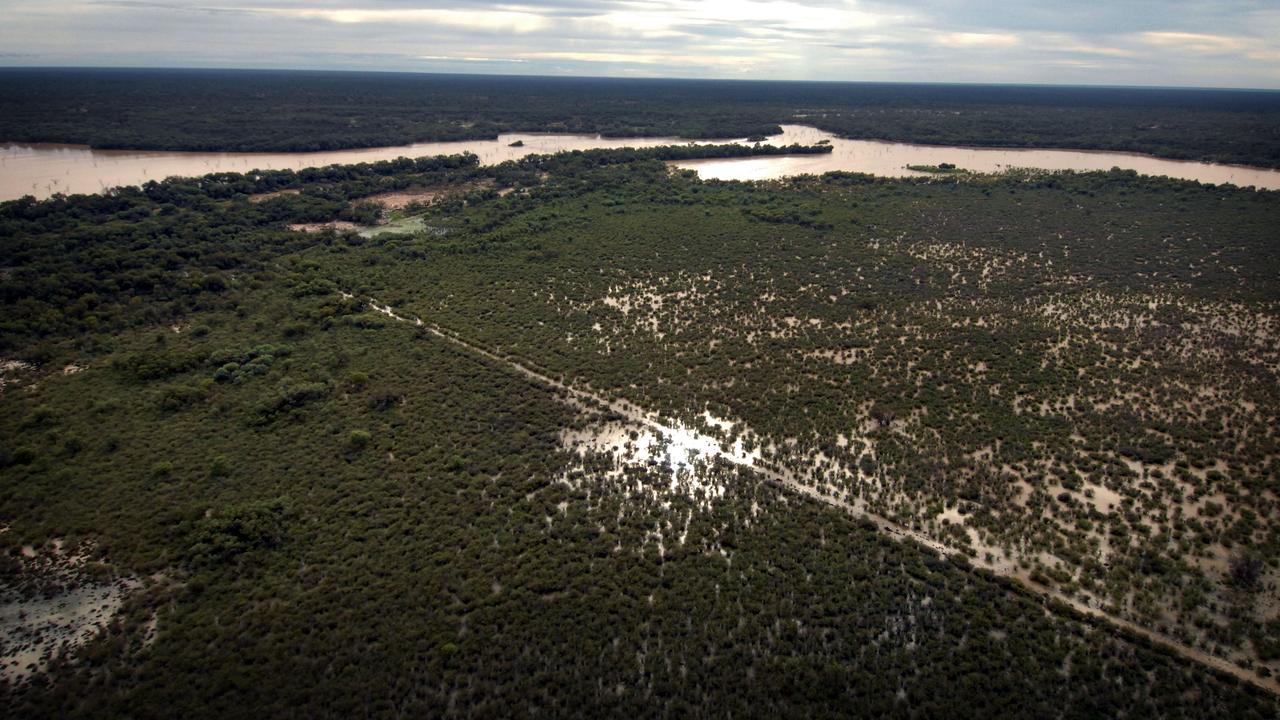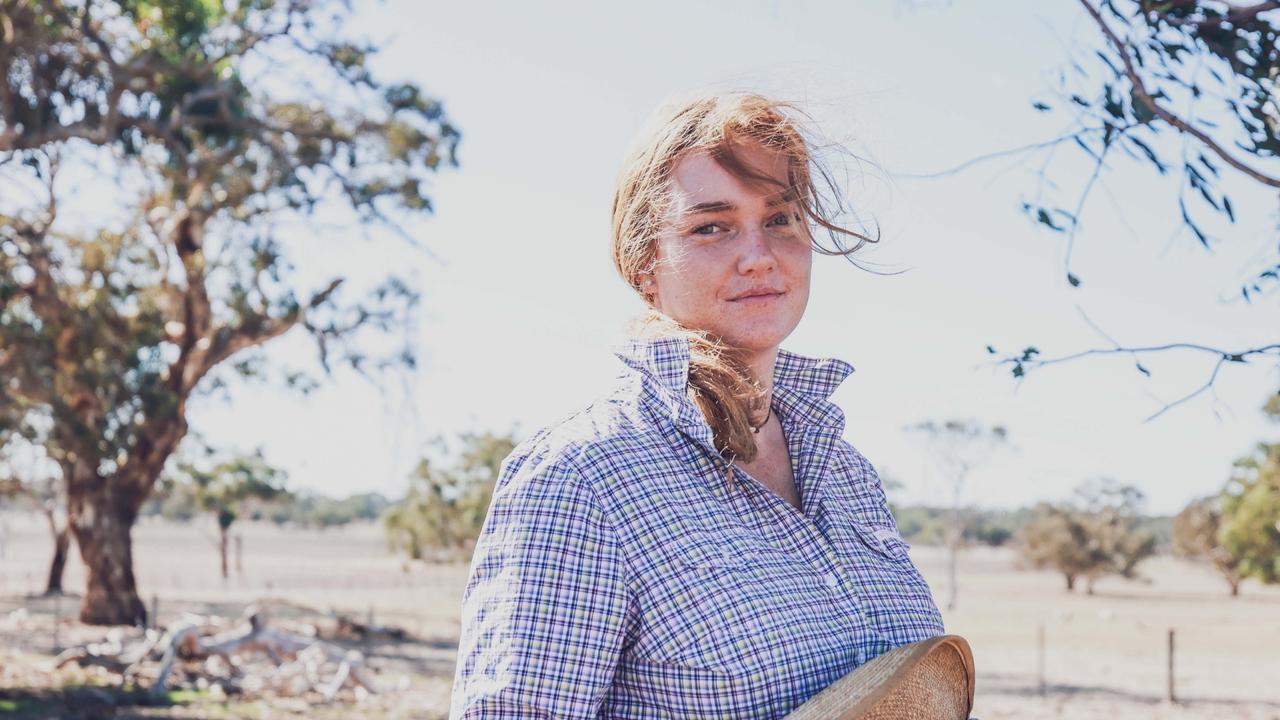Areas like Warrnambool have had their driest 24 months on record
Pressure is mounting on governemnts to do more to support farmers as many regions head into their second year of drought.

Farmers are anxiously watching the skies, desperate for rain as a the threat of a second failed autumn break looms large.
Dry conditions are already forcing tough decisions, with tens of thousands of livestock sold off early after pastures briefly sparked to life on meagre rainfall — only to wither again when follow-up rain never came.
Pasture agronomists say the depleting of seedbanks after two consecutive dry years ranks among the worst they’ve seen, raising alarm for the months ahead.
Vast areas of south west Victoria and South Australia have recorded rainfall deficiencies among the lowest on record for the past two years.
According to the Bureau of Meteorology, severe rainfall deficiencies have been seen in the past 24 months for “most of the south west district and parts of southern Mornington Peninsula extending towards Wonthaggi”, and in the past 12 months, the Wimmera and parts of central and west and South Gippsland districts have also had severe deficiencies.
The Warrnambool area has recorded the lowest rain ever recorded for the past 24 months.
The Victorian Farmers Federation is calling for urgent assistance from the state government, warning of the risk of widespread farm business failures, and for it to match South Australia’s $73m drought package.
Victoria has so far committed just $13.53m to help its farmers.
VFF president Brett Hosking said there were “plenty of tough conversations going on in farming” across southeast Australia, both among livestock and crop producers.
“It’s certainly challenging, especially when you look at weather forecasts for the next two weeks and it’s all blue skies,” Mr Hosking said.
He urged both state and federal politicians to visit hard-hit regions to hear directly from farmers.
“We need to be talking about what does agriculture look like with no break in the weather,” Mr Hosking said.
“It’s time the state and federal governments see this as a natural disaster, as they rightly did with the flooding, and offer some assistance and expand assistance to a wider area.”
Still, Mr Hosking said farmers were “not writing the season off yet”.
In the Upper Murray, Walwa cattle producer Michael Gadd said he was feeding cattle daily and had already sold down stock to protect his core breeders.
Mr Gadd said there were “a lot of poor cattle in the district” across the Upper Murray, a normally reliable grazing region.
“We are trying to stay positive and we’ve been at this game a long time and it’s character building but I’d hoped my character was already built enough,” he said.
Violet Town sheep producer Anna Toland said the excitement of predictions of 20-40mm for the Anzac Day weekend left her despondent when they ended up with just 2mm.
“We have now started lambing and for the second year in a row we will be feeding right through lambing and currently supplementary feeding three times a week,” she said.
As the cost of production had increased exponentially, she said it was time farmers received some relief from the government to ease the burden of feeding and water costs.
Federal Liberal MP Dan Tehan, whose electorate of Wannon is hardest hit by the drought in Victoria, called on the Victorian government to fund drought relief and “match what the SA state Labor Government is doing for SA farmers”.
“I don’t understand how it can be different, from one side of the SA state border to the Victorian side,” Mr Tehan said.
Victorian Agriculture Minister Ros Spence has not committed to increase the funding to farmers in Victoria. She said “more than 1569 grants had been provided to primary producers so far through this support package”.
“I have visited southwest Victoria several times to meet with farmers and local communities to hear first hand how the drought is affecting them, and we are continuing to look at what additional support can be provided help local communities,” Ms Spence said.
Australian Dairy Farmers president Ben Bennett also urged re-elected Prime Minister Anthony Albanese to visit to see the drought first-hand.
“The impact of the drought gets worse by the week — unfortunately it wasn’t on the agenda of politicians during the election campaign,” Mr Bennett said.
“Now the campaign is over, we’d invite the Prime Minister to see the drought for himself ... we need to get our leaders to understand the current level of assistance isn’t adequate.”
The poor conditions are contributing to declining land values and terms of trade for farmers.
The Bendigo Bank 2025 Australian Farmland Values report released this week found the net value of farm production - a measure of commodity prices and farm income minus costs, including interest on debts - has significantly declined, falling to its lowest level since 2019-20.
It also reported the median price of Victorian farmland eased for the first time since 2015, with big drops recorded in the Ovens Murray and Wimmera. Land prices also fell in the south west but very few farms were sold there - the lowest transactions on record - according to the bank.





